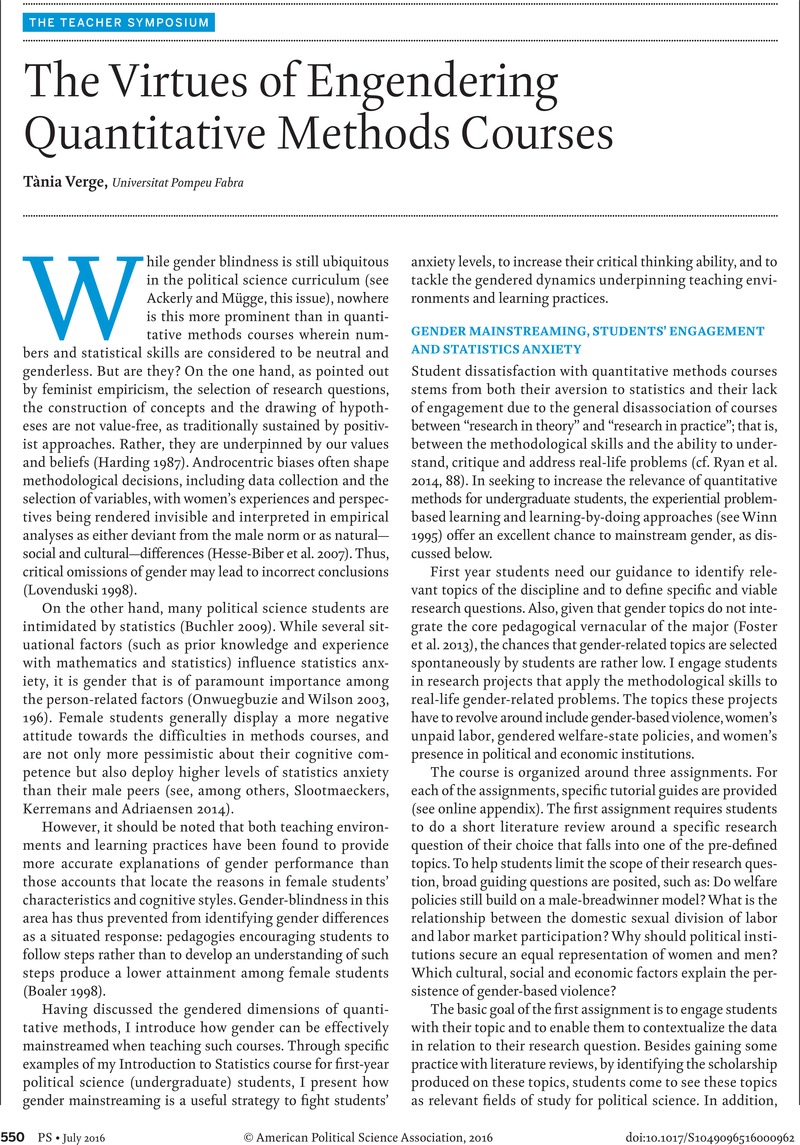Crossref Citations
This article has been cited by the following publications. This list is generated based on data provided by Crossref.
Bauer, Kelly
2021.
The Palgrave Handbook of Political Research Pedagogy.
p.
151.
Bauer, Kelly
2023.
The Palgrave Handbook of Teaching and Research in Political Science.
p.
149.



